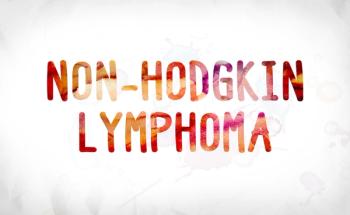
Optimal Oxygen Saturation to Ward Off ROP Remains Unknown
Higher oxygen saturation targets are linked with greater progression in some cases of retinopathy of prematurity (ROP), but the incidence remains stable.
Increased oxygen saturation targets in developing nations are linked with higher numbers of cases of
The study published in
Incidence of ROP was nearly the same: 29.1% at the lower oxygen level and 29.3% at the higher level. However, ROP progression doubled for those at the higher oxygen level (5% vs 11%; P = .006), as did bleeding inside or around the ventricles in the brain (intraventricular hemorrhage; 20.2% vs 43.8%; P = .0001).
Other outcomes improved at higher saturation levels. The proportion of cases was halved (14% vs 6%; P = .0005), as were cases of sepsis (78.5% vs 41.2%; P <.0001). Most critically, there no deaths were recorded at the higher level compared with 4% at the lower level.
“Our findings will bring forth focus to ophthalmologists to be acutely aware of this trend towards higher oxygen delivery,” the authors wrote.
There’s been a third epidemic of ROP for the last 30 years, as countries and regions in the Asia-Pacific region have scaled up neonatal intensive care, according to a recent article in the
The study involved data from 651 infants treated at the University of Malaysia Medical Center who underwent examination from 2003 to 2016. Initially, oxygen saturation was kept between 88% and 92%, but targets were raised to 90% to 95% in 2010, with allowance of up to 99% for several hours following procedures.
All included infants were born at 32 weeks gestation or less, at a birth weight of 1500 g (3.3 lb) or less, and required ventilation for 7 days or oxygen for more than 1 month. Beginning at 4 weeks old, infants underwent fundoscopic examination every 2 weeks until full retinal vascularization. The study differed in that it used a higher birth weight cutoff of 1250 compared with that from previous trials.
The new study’s finding of a higher percentage of intraventricular hemorrhages was contrary to what has been reported in the SUPPORT and BOOST studies, which involved oxygen saturation levels up to 95%. A possible explanation could be higher oxygen and lower carbon dioxide levels from ventilation, resulting in fluctuation in cerebral vasoconstriction that led to rupture of venules and subsequent bleed.
In addition, the finding of a reduction in severe cases requiring treatment contradicted earlier trials, which the authors attributed to including larger infants in the study. However, it concurred with findings of lower mortality on higher oxygen saturation.
The study also showed differences in birth weight and gestational age were not significant.
Although the trend for higher oxygen to improve morbidity and mortality in preterm infants continues, the authors said, the best oxygen profile to balance preterm health and ROP remains unknown.
Reference
Choo MM, Grigg J, Barnes EH, et al. Comparative cohorts of retinopathy of prematurity outcomes of differing oxygen saturation: real-world outcomes. BMJ Open Ophthalmol. 2021;6(1):e000626. doi:10.1136/bmjophth-2020-000626
Newsletter
Stay ahead of policy, cost, and value—subscribe to AJMC for expert insights at the intersection of clinical care and health economics.







































